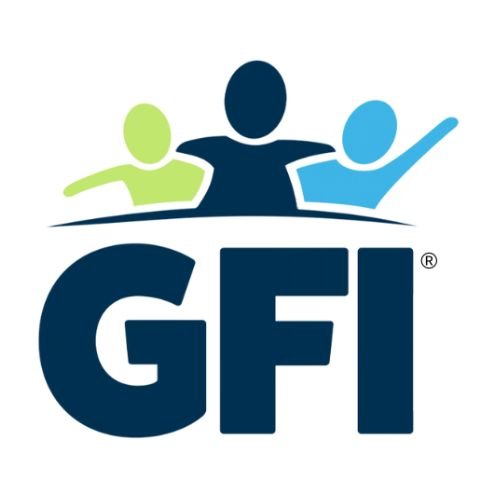Bullying vs. Disability Harassment
It's a busy month for Good Friend, Inc. - and with good reason. October is National Bullying Prevention Month. While Good Friend's autism awareness-acceptance-empathy services for staff and students aren't specifically about bullying, they are intended to prevent disability harassment. So for as long as there isn't a Disability Harassment Prevention Month, we'll piggyback on the bullying movement.
What is the difference between bullying and disability harassment?
The definitions of bullying are as varied as the manifestations. Many indicate that bullying behavior must be intentional and repeated. We take issue with these qualifiers, because they seem to excuse the behavior of the student or staff member who was "just kidding" when they were teasing a child. Furthermore, when a child hears similar jibes over and over, though they come from an individual only once, does that make the insult any less painful? On the contrary -- when a child hears negative messages from several people, the false validity of these hurtful comments starts to erode feelings of self-worth.
Disability harassment is basically bullying on the basis of one's different abilities. It comes in just as many (and more) forms as bullying, but targets the perceived weakness inherent in the disability. In the cases of students with autism, those who harass often do so because they believe the student with autism has chosen or can choose how he/she responds to the environment. In other words, they tease self-regulating behaviors, social missteps, communication differences, sensory processing differences, etc. Sometimes it's with words. Sometimes exclusion. Sometimes it's physical. ALL the time it's WRONG.
 |
| © 2005 iStockphoto LP. All rights reserved. |
In fact, disability harassment is a violation of three federal laws: the Individuals with Disabilities Education Act (IDEA 2004), Sec. 504 of the Rehab Act (1973), and Title II of the Americans with Disabilities Act (1990).
Why does it matter?
While definitions of bullying may differ, and regulations regarding bullying may vary on local and state levels, federal law regarding disability harassment trumps any confusion or ineffective practices. For students, this becomes a matter of consideration in their Individualized Education Plans (IEPs). If a student is afraid to go to school, or is placed in a more restrictive environment to "protect" against bullying behavior, this could be a denial of a free, appropriate public education (FAPE) in the least restrictive environment (LRE). This is a civil rights issue -- not "kids being kids" or any other invalid attempt at rationalization of criminal behavior.
If you believe your student is being harassed, forward this document to your administrator with a specific example of the harassment and be sure to follow up. If the school is not responding effectively, here is a chain of command for filing complaints -- all the way up to the Department of Justice.
Students with autism spectrum disorder have a right to be safe and respected at school. Especially in those instances when they cannot speak up for themselves, we must be their voice and advocates. Statistics indicate that nearly half of students with autism are bullied in school. Assume the risk is real and do what you can to prevent it, or do what you must to correct it. Let us know if we can help, and tell others what you're doing; share resources, encouragement, and positive stories!

